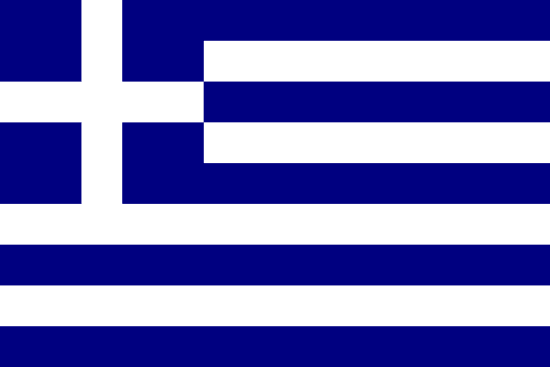"Η Συμπρωτεύουσα | The Co-capital"
About:
Thessaloniki, founded in 315 BC by King Cassander of Macedon, has a rich history. Occupied by Romans, Byzantines, and Ottomans, it became a melting pot of cultures. Notably, it was a major Jewish hub until WWII. Incorporated into Greece in 1912, the city was devastated by a fire in 1917, but was rebuilt and modernized. Today, Thessaloniki is Greece's second-largest city and an important economic, cultural, and educational center, hosting the country's largest student population.
When to visit:
Thessaloniki, a vibrant city in northern Greece, boasts a Mediterranean climate with hot, dry summers and mild, wet winters. The optimal time to visit Thessaloniki for a holiday is during the spring and autumn months, specifically from April to June and September to October, when the weather is pleasantly warm and the crowds are fewer. This period allows visitors to explore the city's historical sites, such as the White Tower and the Arch of Galerius, without the sweltering heat of summer or the chilly rains of winter. Additionally, these shoulder seasons offer opportunities to experience local festivals and events, immersing oneself in the rich culture and traditions of Thessaloniki.
When to avoid:
Thessaloniki, Greece, experiences its peak tourist season during the summer months of June, July, and August. With temperatures often exceeding 30 degrees Celsius (86 degrees Fahrenheit) and high levels of humidity, visiting during this time can be uncomfortable for many travelers. Additionally, popular attractions and accommodations may be crowded and prices tend to be higher. To avoid the crowds and take advantage of more pleasant weather, it is recommended to visit Thessaloniki during the shoulder seasons of spring (April to May) or autumn (September to October).
Winter (Dec-Feb)
Thessaloniki's coldest and wettest period is from November to February. Average temperatures range between 38°F (3°C) and 54°F (12°C), with January being the coldest month. Rainfall peaks in December, averaging about 52mm. The city experiences reduced sunlight (approximately 3-5 hours per day) due to increased cloud cover. Snowfall is rare but possible. An average day for a visitor during this period would involve chilly mornings and evenings, with moderately cold afternoons. It's a great time for indoor activities like museum hopping or enjoying local cuisine.
"Summer (June-August)"
The warmest part of the year in Thessaloniki, Greece, is from June to September, with July and August being the peak summer months. During this period, the average high temperatures range from 30°C (86°F) to 34°C (93°F), while the lows range from 20°C (68°F) to 23°C (73°F).
Rainfall is scarce in these months, with July being the driest month, receiving less than 20mm of rain. The region enjoys an average of 11 to 12 hours of sunlight per day, giving ample time for outdoor activities. Humidity is relatively low, ranging from 50% to 60%, contributing to the overall comfort despite the heat.
Cloudiness is also minimal during this period, with clear, blue skies being the norm. A typical day for a visitor would start off warm, gradually getting hotter towards the afternoon, and cooling off slightly in the evenings. The weather is generally dry and sunny, making it perfect for sightseeing, beach visits, and enjoying the vibrant outdoor café culture of Thessaloniki.
Language:
Greek is the primary language spoken in Thessaloniki, as it is the official language of Greece. However, due to the city's cosmopolitan nature and diverse population, other languages such as English, Russian, and Turkish can also be commonly heard.




